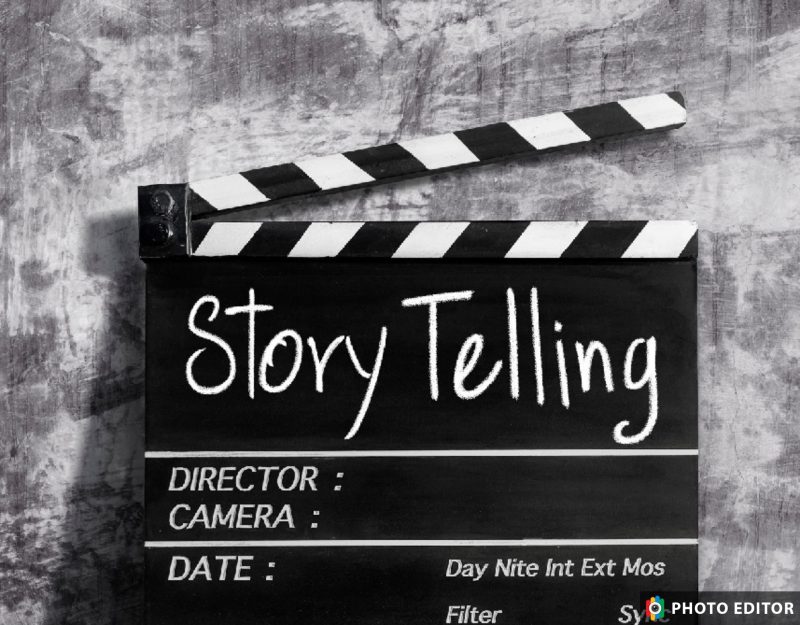Storytelling done well: how businesses can avoid making the most common mistakes
Monday, January 16, 2023

As we talked about recently, human beings are hard-wired for stories. Studies show that 80 per cent of our conversations fall into the category of storytelling. Recent research in neuroscience, sociology, anthropology and psychology also recognises that stories stimulate conscious and subconscious responses, creating emotional connections. This is why relevant, well-told stories stay on in our minds, leaving behind a residual sense of a shared experience. So little wonder that, when it comes to conveying important messages and shifting perceptions, nothing beats a story.
In particular, stories give readers and listeners a personal perspective on how a change or event would actually feel. For this reason, storytelling is an increasingly popular way for businesses to convey their key messages, to change perceptions and engender a positive relationship with potential customers.
Yet, it is all too easy to skip over the gold, failing to make the desired connection and for a story to be dismissed as irrelevant or simply a corporate version of humble bragging.
So, what are the key elements of good corporate storytelling?
A story in three acts
If you consider a favourite book or film, the chances are it will be told in three acts.
The first is setting the scene with the situation as it is. All too often businesses skip over this part, or leave it out altogether, rushing straight to the hero and the resolution. But a little time spent on creating a scenario that resonates with your audience will help to take them with you when you develop the story further.
The second act introduces the change. In an action film, this would be the crisis where the Towering Inferno catches fire or the Bond Villain’s plan begins to unfold. This section often forms the majority of the narrative because it is where the change occurs and where the sympathetic hero acts to address the problem.
In a corporate story this is where the challenge is identified with the hero embarking on their quest to remedy the situation. If your audience has invested emotionally in the first act, they will follow you through this journey.
The third act is where resolution is found. In films this is where the crisis is brought to an end, where the monster – metaphorical or physical – is slain, or the mystery is solved. In a corporate story it is where the solution is revealed. But more importantly, it is also where the audience imagines how their lives would actually be improved, leaving them with a lasting feeling of positivity towards a brand.
Deciding on your plot
Corporate storytelling relies on a plot with a clear direction. It is where you explain your Big Idea.
There are as many plots as there are stories but most fall into one of seven basic themes: overcoming the monster, rags to riches, the quest, voyage and return, comedy, tragedy, rebirth. These may sound simplistic but just about every story has elements of at least one of these plots. Each drives a different narrative vehicle, engaging audiences with different emotions.
But how do you plot your story in a way that connects with your desired audience? The answer is to turn that statement around. You first need to understand your audience and only then decide on your story and how to tell it.
Understanding your audience
There is little benefit in rolling out a story, no matter how well crafted, which does not resonate with your audience. All too often, businesses tell the story they want to tell, not the story the audience wants to hear.
Who are they? What do they know? What are their fears? How can you delight them? Most important of all from a business perspective, what do you want them to remember? In our storytelling workshop we spend time exploring this to ensure you get maximum benefit from your investment.
In fact, our online and face-to-face workshops explain everything you need to know about the art of corporate storytelling so that your audience is left with a lasting and positive feeling about your brand.
Find out more from [email protected].
